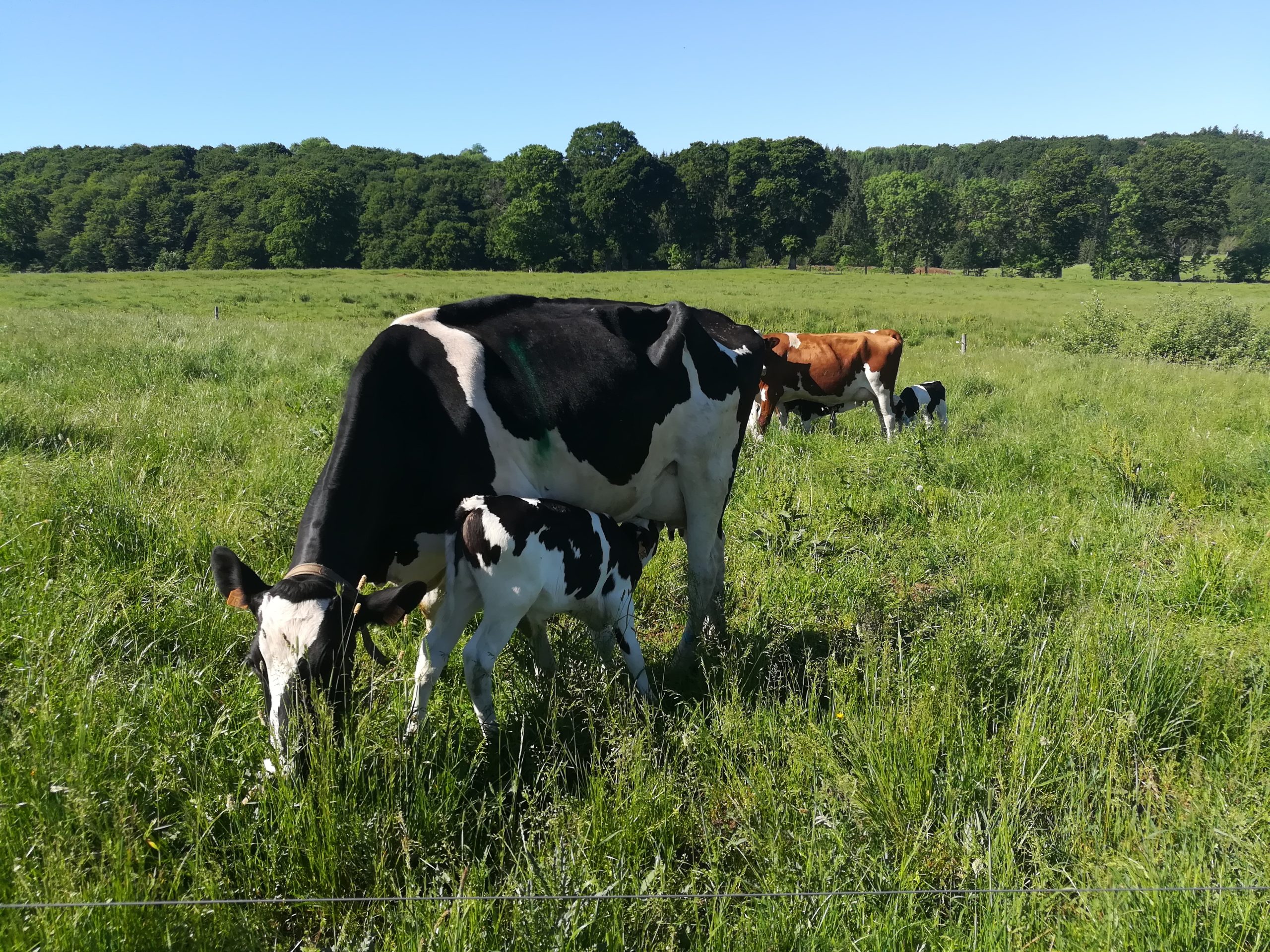Calf Feeding
This dossier aims to help Competent Authorities and other stakeholders with issues related to the frequency and quantity of milk feeding to dairy calves. The dossier is updated periodically by the EURCAW Ruminants & Equines team. The text is meant to support Competent Authorities, and is not legally binding.
Legislation
Council Directive 2008/119/EC of 18 December 2008 lays down the minimum standards for the protection of calves and requires that calves must be fed twice a day with an appropriate diet adapted to their age, weight and behavioural and physiological needs, to promote good health and welfare.
Article 1
This Directive lays down the minimum standards for the protection of calves confined for rearing and fattening.
Article 2, Paragraph 1.
(…) ‘calf’ means a bovine animal up to six months old
Annex 1, Paragraph 11
All calves must be provided with an appropriate diet adapted to their age, weight and behavioural and physiological needs, to promote good health and welfare. To this end, their food must contain sufficient iron to ensure an average blood haemoglobin level of at least 4,5 mmol/litre, and a minimum daily ration of fibrous food must be provided for each calf over two weeks old, the quantity being raised from 50 g to 250 g per day for calves from eight to 20 weeks old. Calves shall not be muzzled.
Annex 1, Paragraph 12
All calves must be fed at least twice a day. Where calves are housed in groups and not fed ad libitum or by an automatic feeding system, each calf must have access to the food at the same time as the others in the group.

© INRAE / MAITRE Christophe
Knowledge
Once a day feeding (OAD) of young dairy calves with milk or milk replacer is a practice that has emerged in some EU countries. This OAD feeding is mainly used to reduce labour, especially in seasonal grass-based systems. However, this practice, which can lead to underfeeding, may restrict behavioural and physiological needs of the calf in terms of expression of behaviour, hunger and health.
Tools for Inspection
To ensure that dairy calves are fed according to their needs, it is essential to check their body condition. Indicators of underfeeding can also include abnormal posture, cleanliness and shine of the coat, and abnormal behaviour. Further information on indicators of hunger are provided in the Indicator factsheet ‘Frequency and quantity of milk feeding to calves’.




